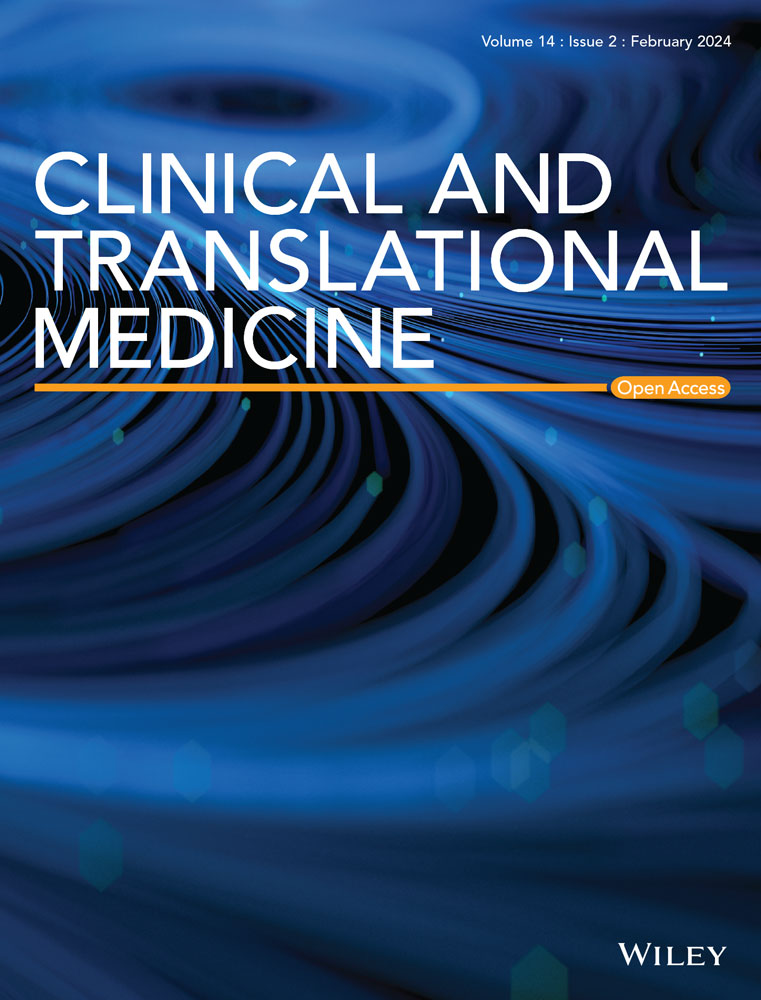Adipose tissue deficiency impairs transient lipid accumulation and delays liver regeneration following partial hepatectomy in male Seipin knockout mice
Abstract
Background
Liver diseases pose significant health challenges, underscoring the importance of understanding liver regeneration mechanisms. Systemic adipose tissue is thought to be a primary source of lipids and energy during this process; however, empirical data on the effects of adipose tissue deficiency are limited. This study investigates the role of adipose tissue in liver regeneration, focusing on transient regeneration-associated steatosis (TRAS) and hepatocyte proliferation using a Seipin knockout mouse model that mimics severe human lipodystrophy. Additionally, the study explores therapeutic strategies through adipose tissue transplantation.
Methods
Male Seipin knockout (Seipin−/−) and wild-type (WT) mice underwent 2/3 partial hepatectomy (PHx). Liver and plasma samples were collected at various time points post-surgery. Histological assessments, lipid accumulation analyses and measurements of hepatocyte proliferation markers were conducted. Additionally, normal adipose tissue was transplanted into Seipin−/− mice to evaluate the restoration of liver regeneration.
Results
Seipin−/− mice exhibited significantly reduced liver regeneration rates and impaired TRAS, as evidenced by histological and lipid measurements. While WT mice demonstrated extensive hepatocyte proliferation at 48 and 72 h post-PHx, characterised by increased mitotic cells, elevated proliferating cell nuclear antigen and Ki67 expression, Seipin−/− mice showed delayed hepatocyte proliferation. Notably, adipose tissue transplantation into Seipin−/− mice restored TRAS and improved liver regeneration and hepatocyte proliferation. Conversely, liver-specific overexpression of Seipin in Seipin−/− mice did not affect TRAS or liver regeneration, indicating that the observed effects are primarily due to adipose tissue deficiency rather than hepatic Seipin itself.
Conclusions
Systemic adipose tissue is essential for TRAS and effective liver regeneration following PHx. Its deficiency impairs these processes, while adipose tissue transplantation can restore normal liver function. These findings underscore the critical role of adipose tissue in liver recovery and suggest potential therapeutic strategies for liver diseases associated with lipodystrophies.
Key points
-
Seipin−/− mice, which lack adipose tissue, exhibit significantly impaired TRAS and delayed liver regeneration following partial hepatectomy.
-
Transplantation of normal adipose tissue into Seipin−/− mice restores TRAS and enhances liver regeneration, highlighting the essential role of adipose tissue in these processes.
-
Liver-specific overexpression of Seipin has no effect on TRAS and liver regeneration in Seipin−/− mice.


 求助内容:
求助内容: 应助结果提醒方式:
应助结果提醒方式:


